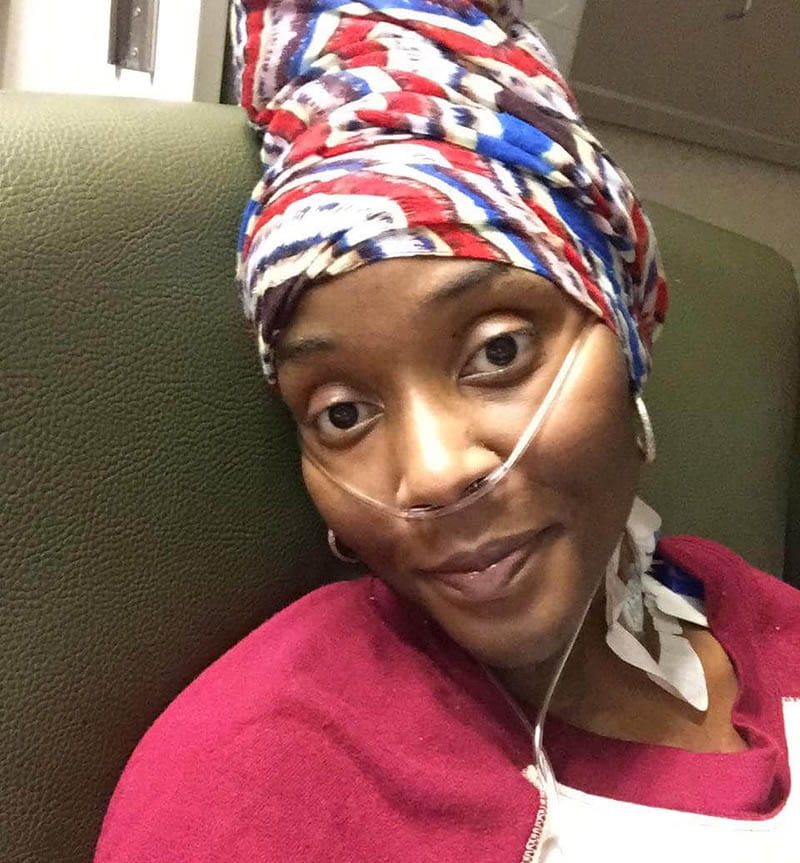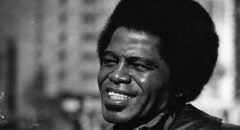piece on the floor, then pick it up and put it in her mouth.
“He knew immediately something was wrong, something wasn’t connecting, because that’s not normal behavior for me,” Williams shares.
She could hear but couldn’t respond. Her brother called 911. At the hospital, a scan revealed she’d had a stroke. While in the ER, she had another.

Her speech and movement weren’t permanently impacted. But her heart was.
With her heart functioning at 10%-15% now, doctors put her on the waiting list for a heart transplant. A year later, her heart function fell further.
“Doctors told my mom, ‘We need to do something or she’s going to die,'” Williams adds. “The hardest part for me was accepting that I might have left this earth and my child.”
Doctors implanted a device that performed the workload for the left side of her heart. The left ventricular assist device enabled her to attend a mother-son dance at Isaiah’s elementary school.
“It really improved quality of life,” she shares.
RELATED: 5 Heart Failure Symptoms Doctors Commonly Miss
A new heart
A year later, she was getting ready for bed one night when the phone rang. It was the transplant hospital in Oklahoma City. “They said, ‘We have a heart we’ve accepted on your behalf. Are you interested?”
She had to be there within three hours.
Williams’ sister would care for Isaiah. Before going to his aunt’s home, Isaiah slipped a framed photo of himself into his mom’s








